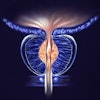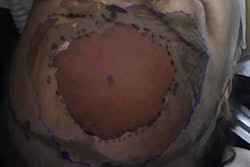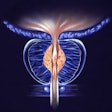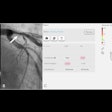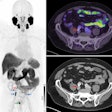Dear AuntMinnieEurope Member,
Free infinite data for artificial intelligence (AI) remains a distant dream, but we've taken an important step toward getting there by letting AI get infinitely creative.
That's the view of radiologist Dr. Hugh Harvey, whose latest column has gone live today and contains a wealth of practical, timely information. Read it in our Imaging Informatics Community, or by clicking here.
Whenever breast imaging expert Prof. Christiane Kuhl speaks, everybody tends to listen. She's provided an update on abbreviated breast MRI and the EA1141 trial, which is investigating the use of the modality for screening average-risk women with dense breast tissue. The trial closed to accrual a year earlier than anticipated. Go to the Women's Imaging Community, or click here.
Kuhl and others will no doubt be fascinated to read a new Italian study about how the combination of digital breast tomosynthesis (DBT) and ultrasound automated breast volume scanning (ABVS) measured up against breast MRI for staging breast cancer. Get the full story here.
Researchers are continuously discovering new ways to incorporate augmented reality technology into clinical practice. A Dutch team, for instance, has used a form of augmented reality -- known as mixed reality -- to visualize holograms based on MRI scans of patients' brain tumors directly on their head before tumor removal. Visit our Advanced Visualization Community, or click here.
Meanwhile, authors from a top London facility have reported that the introduction of a brief ergonomic training session is enabling sonographers to reduce their grip force on the ultrasound transducer, leading to fewer work-related musculoskeletal injuries. Click here to learn more.
Last but not least, Spanish investigators have concluded that a dedicated breast PET scanner had a high false-negative rate for detecting in situ carcinomas in women with BI-RADS 4 lesions. The finding raises questions about the suitability of the system for working up suspicious breast lesions. Head to the Molecular Imaging Community, or click here.
